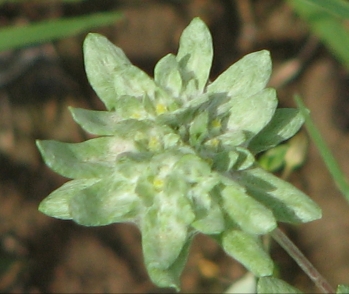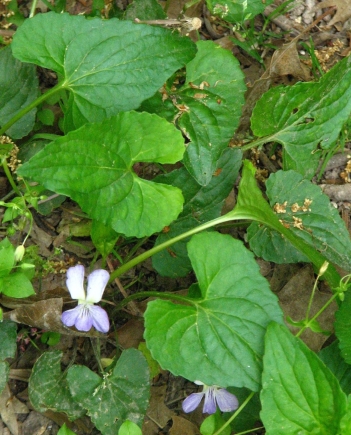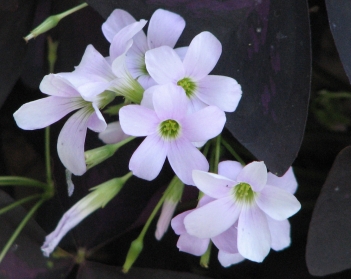Winecups (Purple Poppymallow) Callirhoe involucrate. A low, pithy perennial with deeply cleft, narrow, palmate leaves arranged along the creeping stems in an alternating spiral. The plant freezes back every winter, but buds anew from a deeply rooted tap-root, growing out in a multi-branched radial pattern. The plant is inconspicuous until the flowers open, the bright red catching the eyes, even from a distance. Chalice-like, deep burgundy-red flowers up to 1.5” across are born singly on long (4”) upright stems arising from leaf axils, the petals becoming white toward the center. Curly stamens sprout from the sides of a central pistol, with curled, filament like stigma, like other mallows. Seed capsules are a round, wheel-like structure framed by the stiff bud sepals. Intolerant of shade, Winecups are found scattered widely in open country, even lawns, where their stems grow out over surrounding vegetation. (238) 4/10/15-; 3/20/16-6/6/16; 3/21/17- ; 4/22/18; 4/3/19; 4/11/20;

Winecups habit; stiff sprawling plant of open grassy areas, with palmate leaves and deep burgundy flowers born on long, slender stems

Note; five fingered, palmate leaves with narrow, deeply cut lobes held aloft on long, smooth stems bud off the main stem in an alternating spiral

Note; open, loose spikes of flowers bud off of leaf axils, each flower born aloft on long, smooth stems
Note; the five stiff sepals crack open, allowing the burgundy petals to unfurl.

Note; single born, chalice like 5 petal, rose-purple flowers, fading to white in the center
Note; curly stamens tipped with orange to yellow anthers bud directly off the central pistol, like other mallows

Note; hard, round wheel like seed capsule framed by the 5 stiff sepals




























